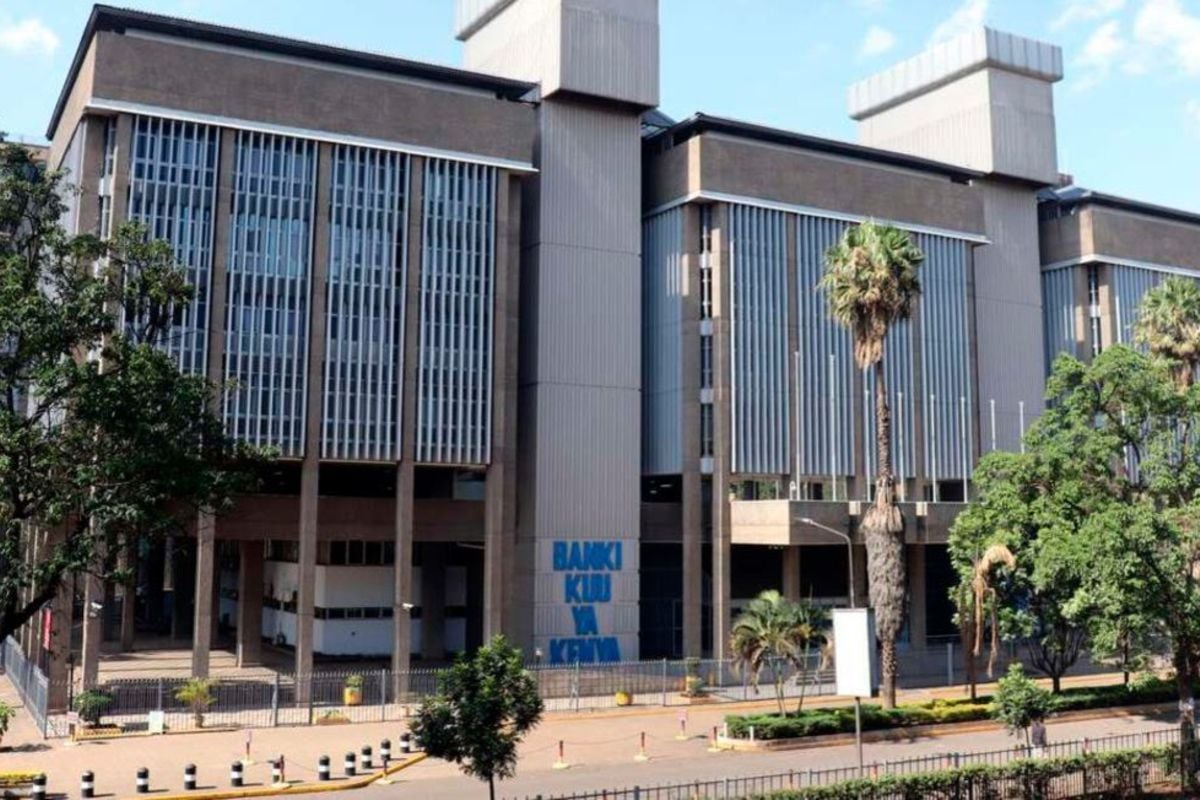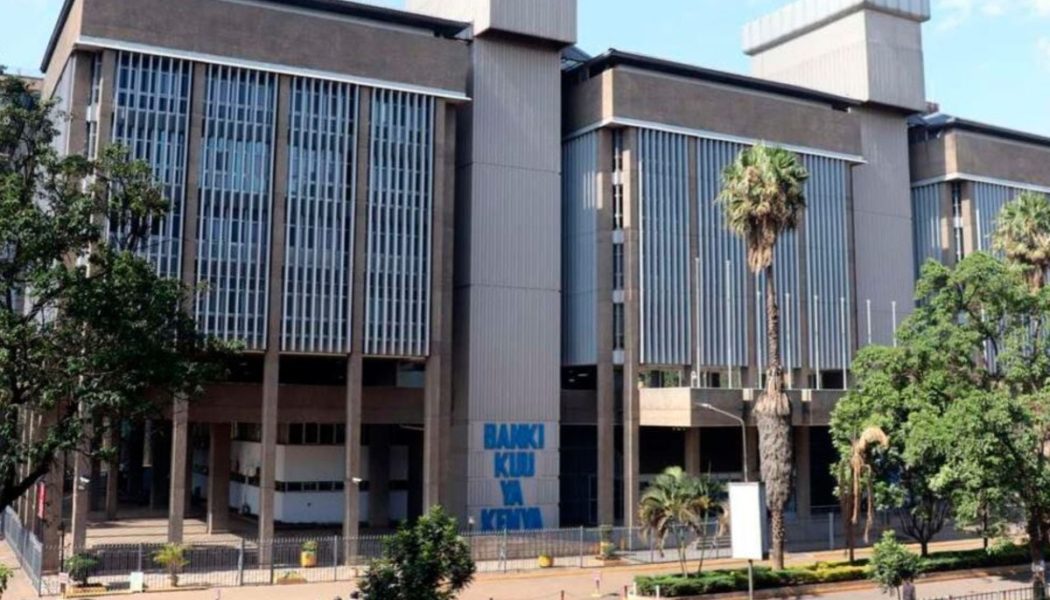
Kenya’s net external borrowing in the next financial year (2025-26) is expected to more than halve to Sh166.7 billion from Sh355.5 billion in the current year, courtesy of a sharp increase in principal debt repayments that will need to be rolled over using new borrowing.
Fiscal projections published by the National Treasury in the Budget Review and Outlook Paper (Brop) 2024 show that domestic lenders are instead expected to shoulder the burden of funding the government’s fiscal deficit next year, which is projected at Sh689.4 billion.
External principal repayments are expected to jump to Sh500.2 billion in 2025-26 from the present year’s Sh330.7 billion, meaning that a larger share of the foreign borrowings will go towards satisfying existing lenders rather than funding the upcoming budget.
These heavy maturities, therefore, risk having Kenya miss out on the benefit of the expected fall in the cost of external credit as the US Federal Reserve progressively cuts its base rate in the coming months.
Between March 2022 and July 2023, the Fed raised its rate from a range of 0.25 to 0.5 percent to a range of 5.25 percent to 5.5 percent, making US financial assets attractive to investors.
As a result, frontier economies like Kenya faced steeper demands for a premium from commercial external lenders to entice them to forgo the low-risk, higher returns in the US.
The US rate cut will thus result in more favourable borrowing conditions in the international market, ideally allowing the government to shift the financing burden there away from the domestic market, cutting competition with the private sector for bank credit.
Reduced demand by the government for domestic credit would also help the Central Bank of Kenya (CBK) to bring down interest rates, given that the State’s borrowing rates are seen as the risk-free floor for domestic loans.
Due to the constrained room for external borrowing, however, on account of the heavy maturities, the government is instead projecting to raise its domestic borrowing target for 2025–26 to Sh522.7 billion from the current year’s Sh413.1 billion.
This is despite planning to reduce the fiscal deficit from Sh768.6 billion to Sh689.4 billion over the next year.
For the CBK, bringing down domestic interest rates has become a priority now that it has been able to tame high inflation, and the exchange rate has moderated from the highs seen in the first quarter of the year.
In its last Monetary Policy Committee meeting, the CBK cut the base rate to 12.75 percent from 13 percent, starting what is expected to be a gradual easing of monetary policy, looking to jumpstart the growth of the economy by making it cheaper for businesses to access capital.
The high interest rates seen over the previous 12 months contributed to the slowdown in private sector credit growth to four percent by the end of June from 13.9 percent at the beginning of the year and the rise in the ratio of non-performing loans to gross loans in the banking sector to 16.3 percent in June 2024, up from 14.5 percent a year earlier.









